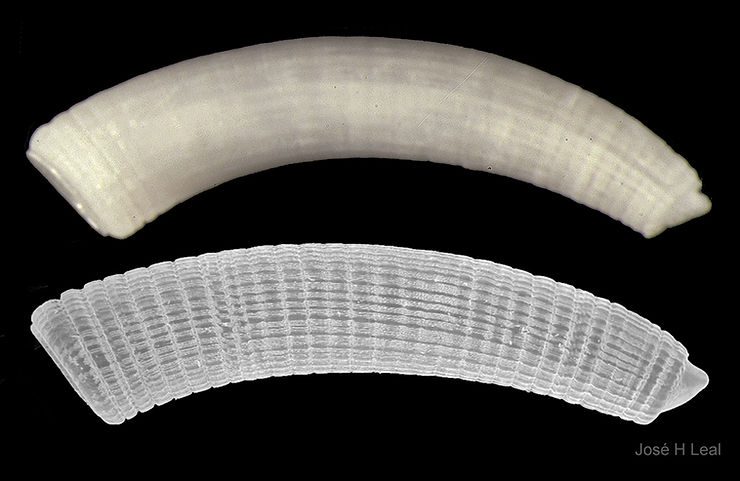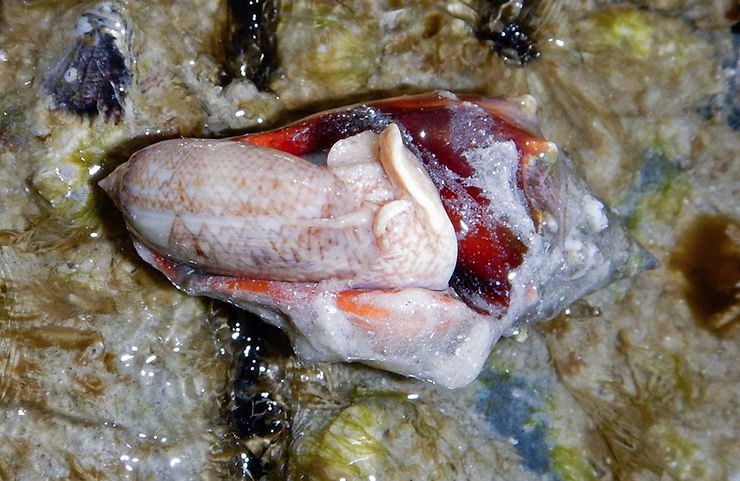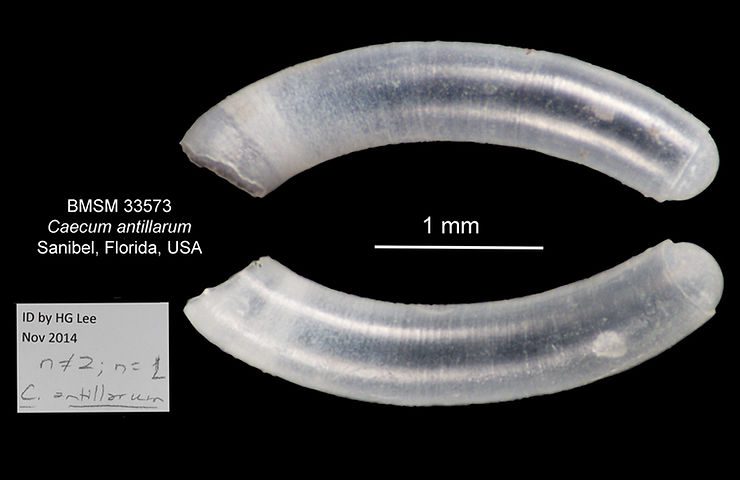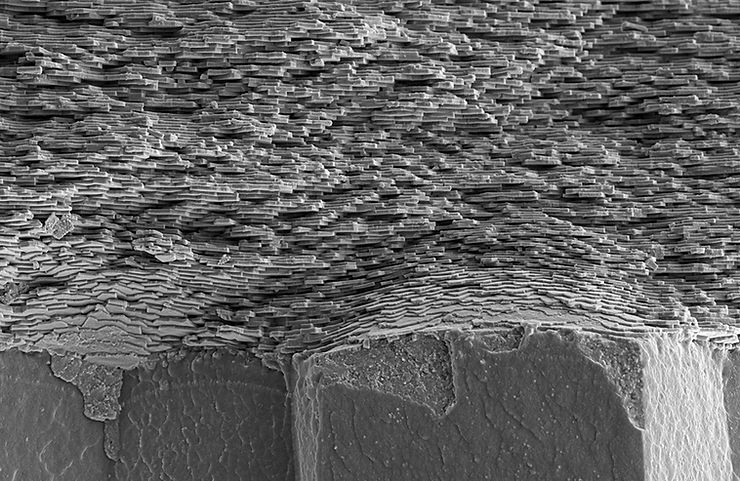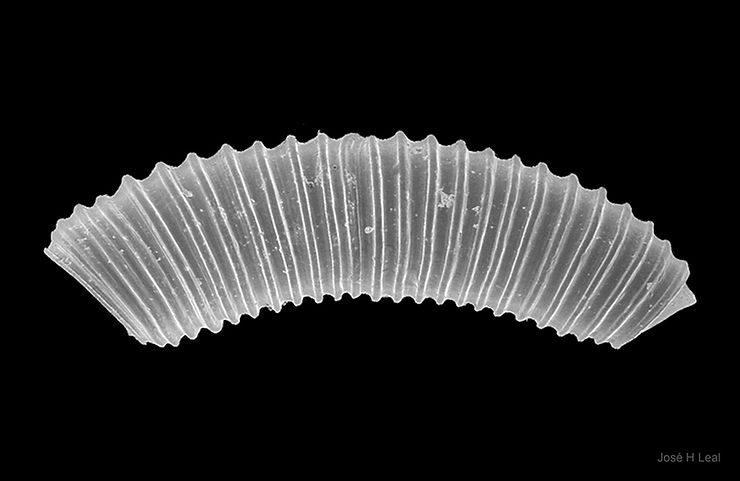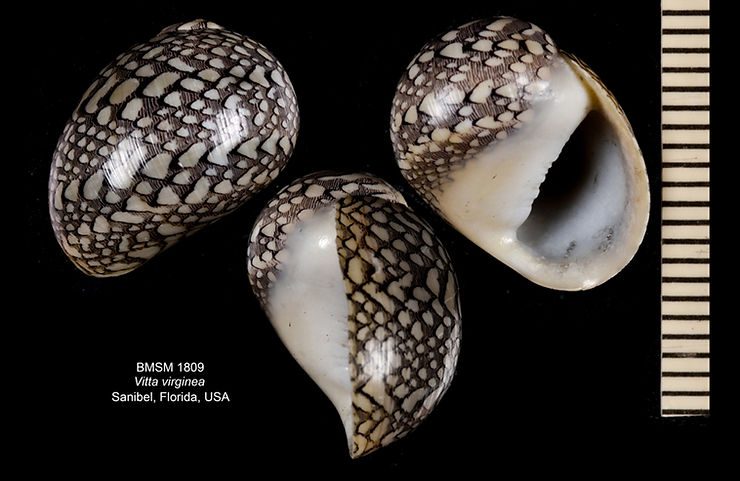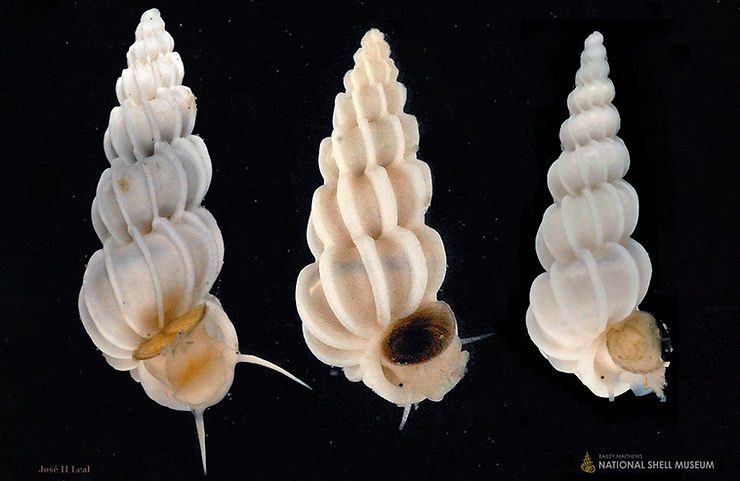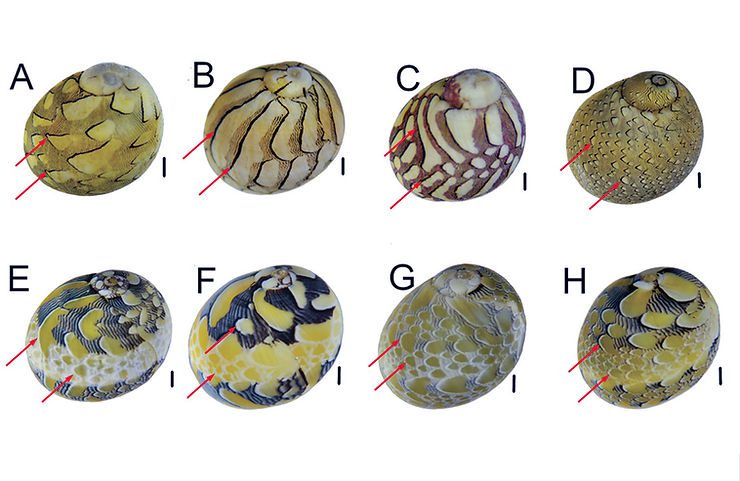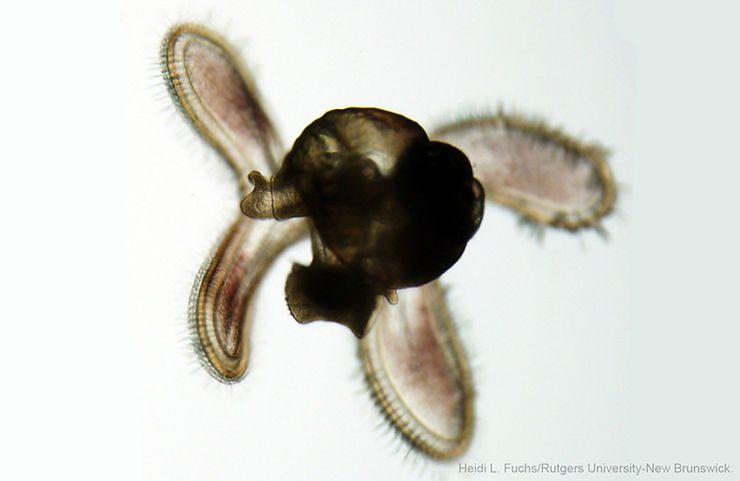
Snail Larvae Catch the Best Waves!
At the National Shell Museum, we love to emphasize the immense diversity of mollusks and the cool things they do for a living. When reproducing, many bottom-living marine mollusks, including snails, breed open-water, swimming larvae. The very small sizes of those free-living larvae allow them to drift in the water and be carried by currents and eddies, until the time comes for settling onto the bottom as young adults. Free-living larvae of some species can stay in open water for several weeks or
